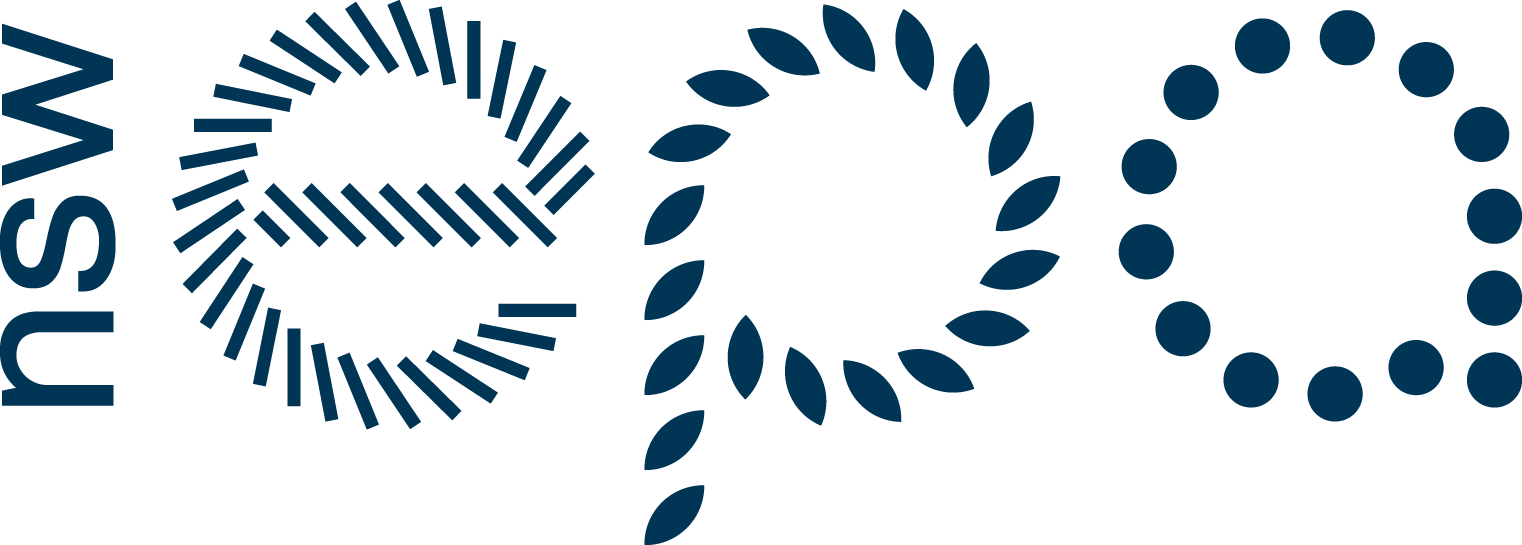Paper placed in landfill creates the green house gas methane. Mixed paper can be recycled and used to remanufacture paper products, saving trees and reducing water and energy use.
Paper - Mixed
Find a recycler
Why Recycle?
Paper products are all produced from the wood pulp of either short fibred hardwood trees and most types of mixed paper can be recycled as long as it's clean, uncontaminated and dry. When paper breaks down in landfill it creates methane, a major greenhouse gas with the global warming capacity 21 times more powerful than carbon dioxide. But by manufacturing paper and cardboard products from recycled material not virgin pulp, this diverts waste from landfill conserves trees, uses up to 50% less energy and 90% less water. Australia has established itself as a world leading recycler of newspapers and magazines.
Recycling Options
Most mixed paper (not waxed or contaminated) including newspapers, phone books and magazines can be placed in paper or comingled recycling bins provided through councils or commercial recyclers.
What Happens When It's Recycled?
The mixed recyclable paper items are sorted and baled into various groupings. At the recycling plant these bales are shredded and mixed with water to break up the paper fibres. This pulp is filtered to remove smaller non-paper items, such as paper clips, staples and plastic. Pulp can then be re-manufactured into paper products in a similar way to first production paper. Any waste products left over from the recycling process (ink, short fibres and plastics) are collectively called "sludge" and are either sent to landfill, burnt for energy or used as fertilizer.
More info and resources
-
Paper recycling sign
(
1.92MB
pdf file)

